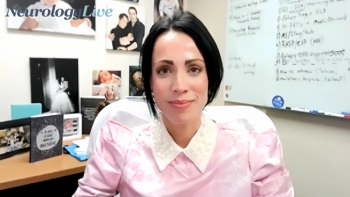
The director of Child Neurology and Pediatric Sleep Medicine at Geisinger Janet Weis Children's Hospital provided her immediate reaction to the approval of a once-nightly sodium oxybate for pediatric narcolepsy. [WATCH TIME: 7 minutes]

The director of Child Neurology and Pediatric Sleep Medicine at Geisinger Janet Weis Children's Hospital provided her immediate reaction to the approval of a once-nightly sodium oxybate for pediatric narcolepsy. [WATCH TIME: 7 minutes]
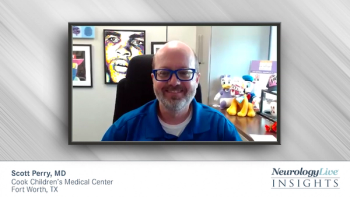
Scott Perry, MD, discusses how effective management of Dravet syndrome requires a multidisciplinary approach, emphasizing the critical importance of early diagnosis and aggressive treatment aimed at achieving seizure freedom, which can significantly improve long-term outcomes and quality of life for patients.
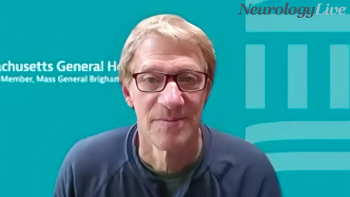
The chief of the Sleep Disorders Clinical Research Program at Massachusetts General Hospital talked about the new clinical guidelines for treating restless legs syndrome which emphasize the risks of dopamine agonists and advocate for alternative therapies. [WATCH TIME: 8 minutes]
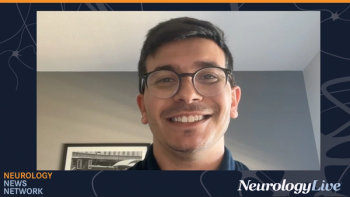
Neurology News Network. for the week ending October 19, 2024. [WATCH TIME: 4 minutes]
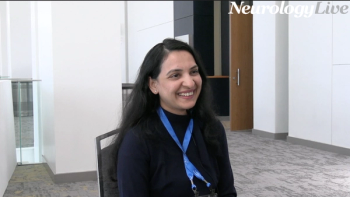
The assistant professor of neurology at Wake Forest School of Medicine provided clinical insight on MG0020, a phase 3 trial assessing a self-administration of rozanolixizumab through a syringe driver. [WATCH TIME: 3 minu]
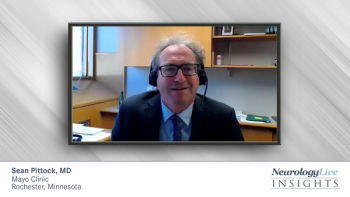
Sean Pittock, MD, discusses how he utilizes long-term data in his clinical practice for treating neuromyelitis optica spectrum disorder and offers advice for physicians on incorporating these insights into patient care.

Sean Pittock, MD, discusses the long-term efficacy and safety results of other FDA-approved treatments for neuromyelitis optica spectrum disorder, including satralizumab, inebilizumab, and the off-label use of rituximab.
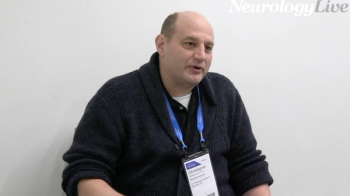
The neuromuscular specialist at the University of Tennessee Medical Center provided clinical insight on a retrospective analysis studying the long-term corticosteroid patterns of approved treatments for generalized myasthenia gravis. [WATCH TIME: 5 minutes]
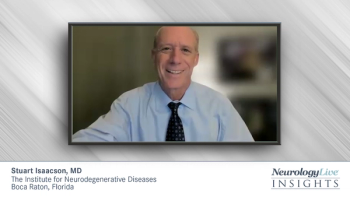
Dr. Isaacson discusses how physicians can effectively integrate wellness strategies such as nutrition and exercise into treatment plans for Parkinson's disease (PD), encourage patient adherence to these habits alongside pharmacological therapy, and leverage advocacy groups as vital resources for both patients and health care professionals (HCPs) in navigating wellness and care management.
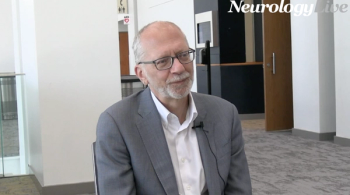
The Meta A. Neumann Professor of Neurology at George Washington University provided an overview of a new phase 3 study testing the efficacy and safety of cladribine versus placebo in generalized myasthenia gravis. [WATCH TIME: 3 minutes]
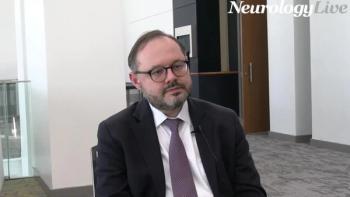
The director of the myasthenia gravis clinic at Yale University provided clinical insight on promising phase 3 data assessing inebilizumab, an FDA-approved therapy for NMOSD, in patients with myasthenia gravis. [WATCH TIME: 4 minutes]

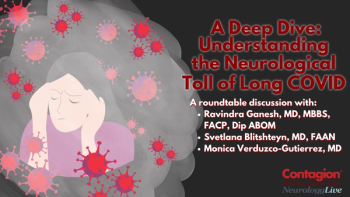
In our latest roundtable series, experts discussed Long COVID prevalence, underreporting, accurate diagnosis, and emphasized that Long COVID serves as an umbrella term.

Scott Perry, MD, discusses how caregivers of patients with Dravet syndrome face significant challenges and emphasizes the importance of health care providers navigating sensitive conversations with empathy, clear communication, and comprehensive support to address caregivers’ concerns and needs.
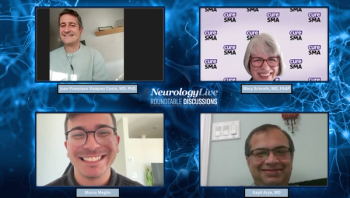

Scott Perry, MD, discusses how treatment challenges in Dravet syndrome necessitate careful monitoring by health care providers, who must consider factors such as individual patient response, adverse effect profiles, drug interactions, and the potential need for escalation therapy, to optimize seizure control and overall patient outcomes.

In this segment, the panel discussed adult-onset 5q spinal muscular atrophy (SMA), highlighting its frequent underdiagnosis and subtle symptoms such as cramps, fasciculations, and sports intolerance.

The discussion highlighted the need for national or local protocols, insurance approvals, and close collaboration with families to optimize patient outcomes.
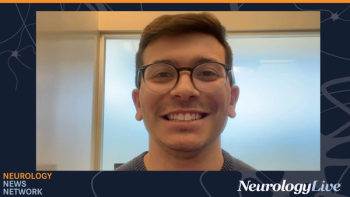
Neurology News Network. for the week ending October 12, 2024. [WATCH TIME: 4 minutes]
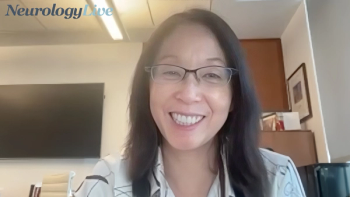
The director of the Helen and Robert Appel Alzheimer’s Disease Research Institute at Weill Cornell Medicine talked about findings from a recently published study on immune responses to Alzheimer disease risk genes between male and female mice. [WATCH TIME: 4 minutes]

Sean Pittock, MD, discusses the risks of meningococcal infection associated with eculizumab and ravulizumab in phase 3 and long-term extension studies, as well as his interpretation of the concerns surrounding meningococcal vaccination and its potential impact on relapse activity.

Sean Pittock, MD, discusses how complement inhibitors are positioned in the treatment landscape of neuromyelitis optica spectrum disorder, providing an overview of ravulizumab, the most recent FDA-approved treatment, including its development rationale, half-life, dosing regimen, and new signals from the recently presented 138-week long-term extension data at EAN 2024.

In this discussion, experts provide key considerations in the process of newborn screening for SMA, noting the need for developing local protocols and understanding the limitations of screening infants early in life.

The senior director of clinical resources and programming at National MS Society discussed the significant updates to Medicare Part D in 2025 that will cap annual out-of-pocket costs and introduce a flexible payment plan option for enrollees. [WATCH TIME: 9 minutes]

Dr. Isaacson discusses the challenges of delivering patient-centric care to individuals with Parkinson's disease (PD), alongside the evidence supporting improved symptom management through the combination of pharmacological therapies and wellness strategies.

In this episode, experts discuss groundbreaking updates in spinal muscular atrophy diagnosis, emphasizing the importance of early intervention and newborn screening.
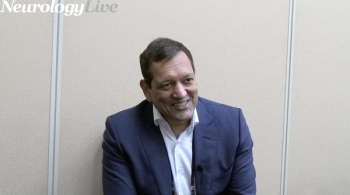
The chief medical officer and chief development officer at BlueRock Therapeutics discussed the promise behind bemdaneprocel and its unique mechanism of action relative to other Parkinson disease treatments. [WATCH TIME: 3 minutes]

In this episode, our panel of experts delves into the latest updates on spinal muscular atrophy diagnosis, focusing on the critical role of newborn screening, early intervention, and evolving classification methods for improved patient outcomes.
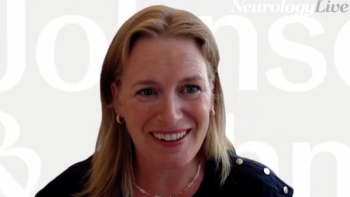
The disease area stronghold leader in neurodegeneration at Johnson & Johnson discussed data presented at AAIC 2024 highlighting different subtypes of Alzheimer disease that may lead to more personalized treatments. [WATCH TIME: 4 minutes]

The panelist discusses how the goal of Dravet syndrome treatment is to reduce seizure frequency and severity, typically starting with initial treatments like valproate and clobazam and potentially escalating to combination therapies including options such as cannabidiol, with the overall aim of improving patients’ quality of life and developmental outcomes